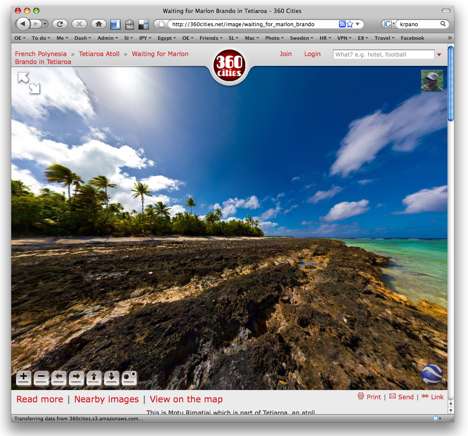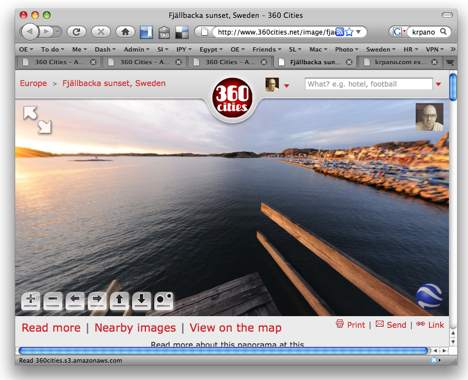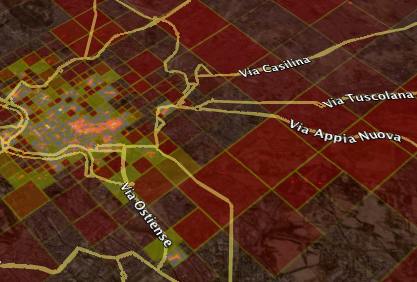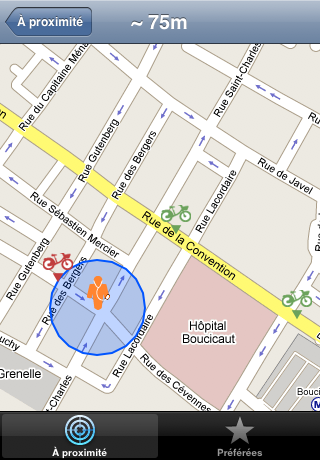This past week, georeferenced panorama photo site 360Cities rolled out a site-wide upgrade and redesign. The experience — both for viewers and panorama publishers — is now much improved. The single biggest change, in my mind, is that panoramas are now served in a multiresolution format using the much-lauded KRPano engine. Just as with Google Earth satellite imagery, as you zoom in on a panorama, the resolution of the image automatically increases. This is a big deal — it makes the experience much faster without sacrificing detail.

But there are many more changes under the hood. I asked 360Cities’ Jeffrey Martin to list the most noteworthy:
- A reseller program for people who would like to provide VR/immersive photography services to local businesses.
- All new map page with advanced search, author-, area-, or business-centric searching.
- Critically acclaimed fullscreen panorama layout including map, thumbnails, and image transitions.
- HOTSPOTS in all panoramas which are automatically created as panoramas are added to the site.
- Photographer profile page to show the latest works by author.
- RSS feeds for the whole world, by area, or by author.
- Now using a “multiresolution” panorama format which means that the image loads much faster, and the full resolution of ANY size image can be displayed with optimum performance.
- Location pages showing all images in any area anywhere in the world.
- Search anywhere, for anything, on any page of the site.
- Get driving directions to any business on the site.
- Discussion forum to learn and share ideas with other 360 Cities members.
- Google Earth integration, so you can view any image on Google’s Earth platform. (This is not new but worth mentioning, as it’s really cool!)
Jeffrey writes that the site currently shows over 8000 panoramas from 100 cities around the world, having grown 10-fold in the past year. And they’re looking for more good content:
If you are a panoramic photographer, we are welcoming new members to continue our goal of covering the whole world with beautiful, immersive content. Street View it ain’t ;-)
Here are a few of our favorite panoramas currently on the site:
I tested the new site this past week. From the point of view of the photographer, the process of adding content is really simple: Just upload a 2:1-ratio equirectangular JPEG of your pano in the highest resolution you can muster (mine was at 11,700×5850 pixels, 31MB) , and then start adding metadata via the user interface:

Pinpoint the location on a Google Map, point to North on the pano (so that accurate hotspots to nearby panos can be automatically generated) and add it to various geographically delineated collections. For example, as all my recent panos were taken in Sweden, I defined a polygon around Sweden’s borders — and now all panos georeferenced to a point inside that polygon will automatically belong to that collection. Processing such a huge file once uploaded? It is mere minutes before it appears on the site.
I’ve only had time to add one pano, but plan to add all of the ones I took on a recent trip around Sweden, as the resulting view in Google Earth really is worth it, and automatically generated to boot. Here’s the KML file of my 360Cities panos, present and future, and here is the RSS feed for future updates.

Can it get even better? There are still some bugs to be ironed out of this brand new interface, and I’m really hoping for the ability to embed panos on any website. The settings for the KRPano engine are currently skewed towards smoother speeds on slower systems, though at the price of straight lines sometimes going wavy; it would be cool to be able to change these settings on the fly (as KRPano lets you do in this demo) for those panos that feature plenty of straight lines. And wouldn’t it be cool if visitors could annotate parts of a panorama? Perhaps these will be in future releases — for now, I’m enjoying the rock-solid new foundations.

 While iPhone developers were busy discussing
While iPhone developers were busy discussing 





